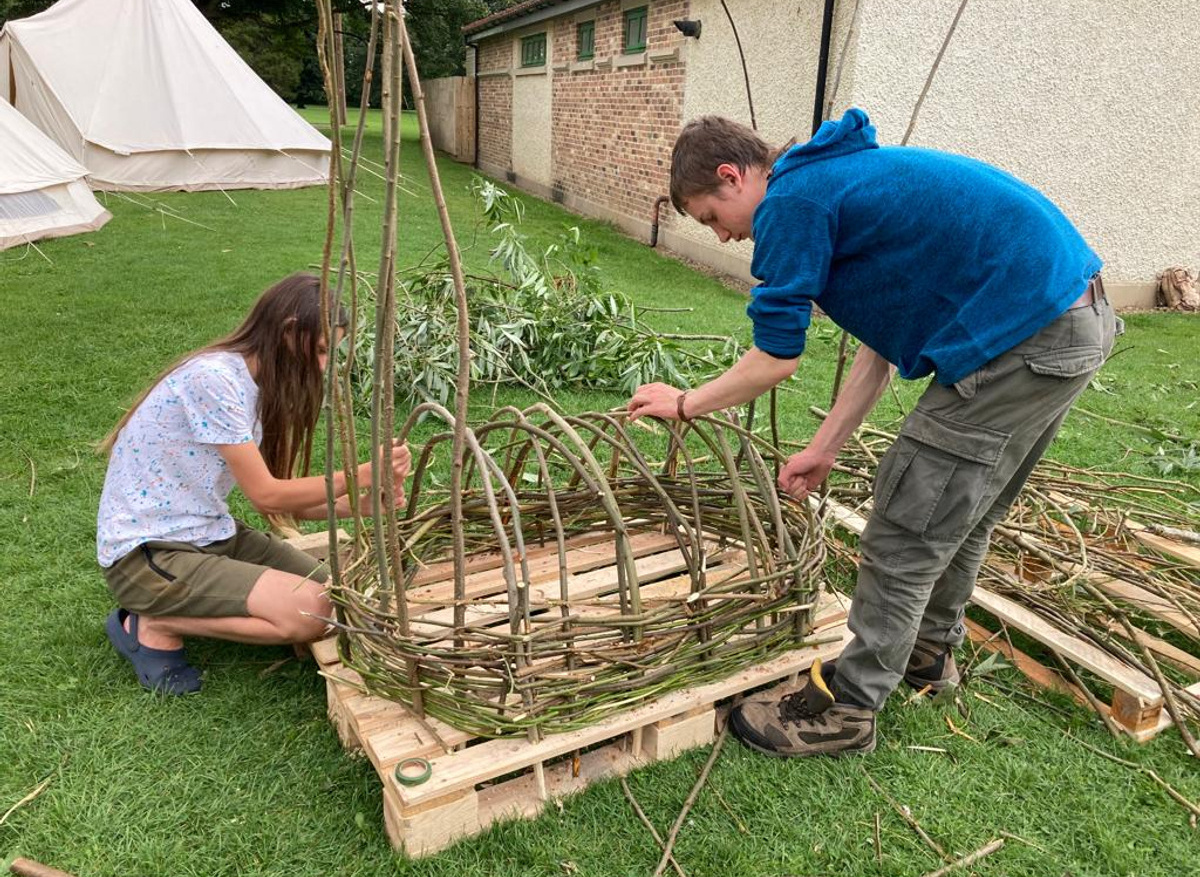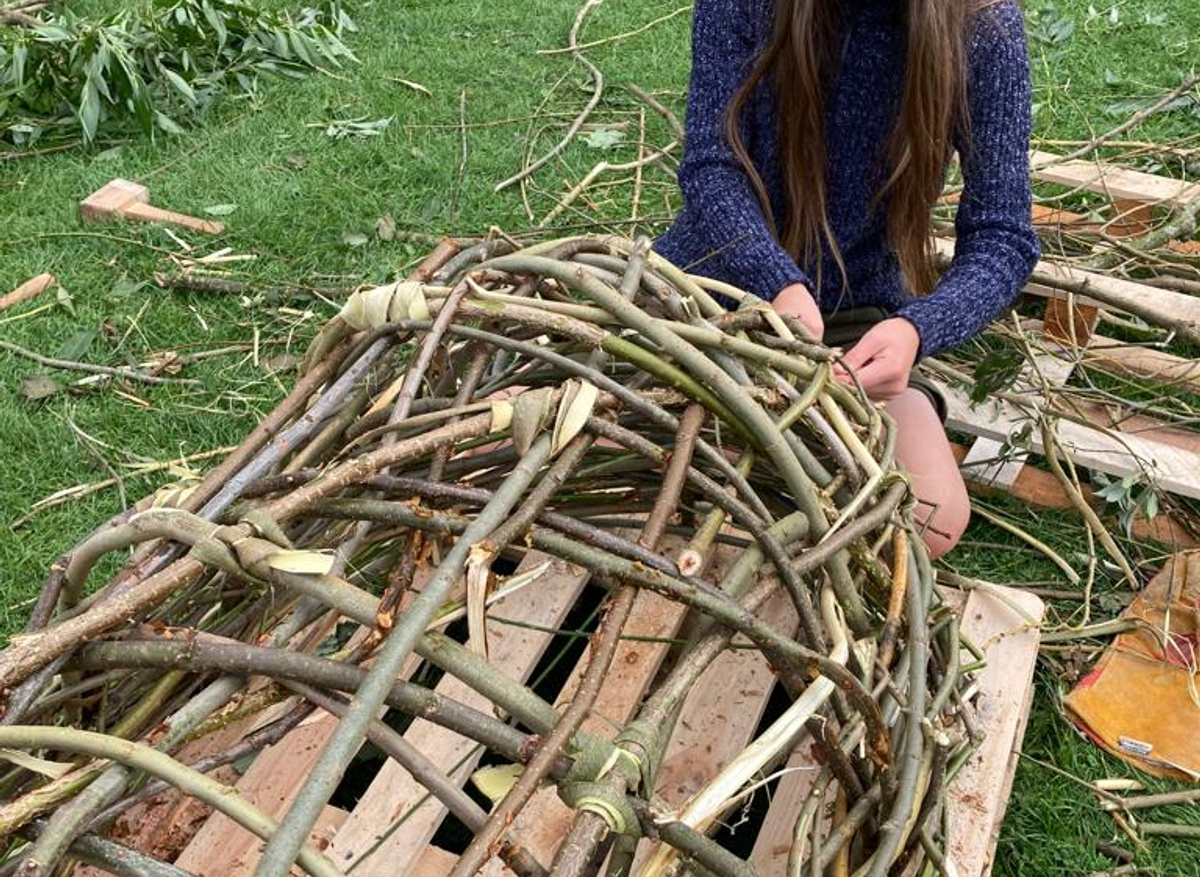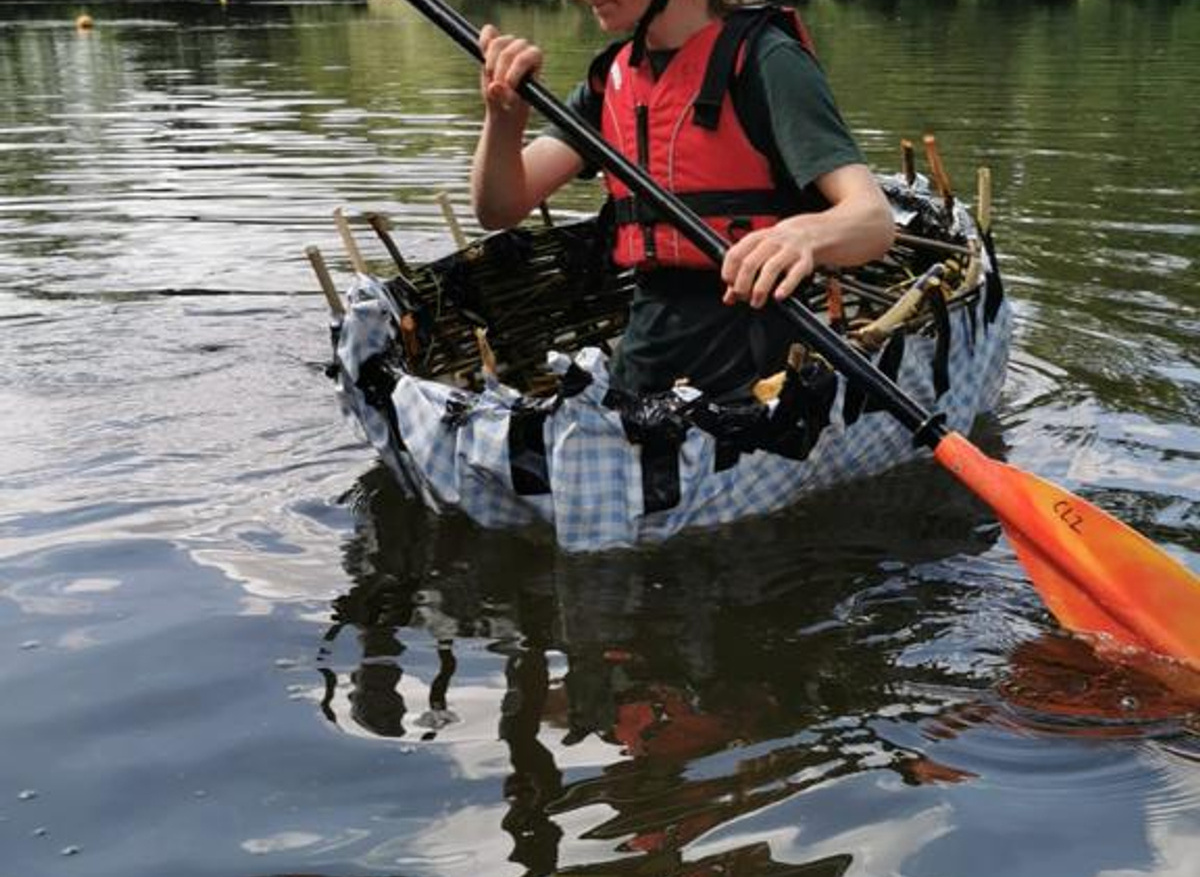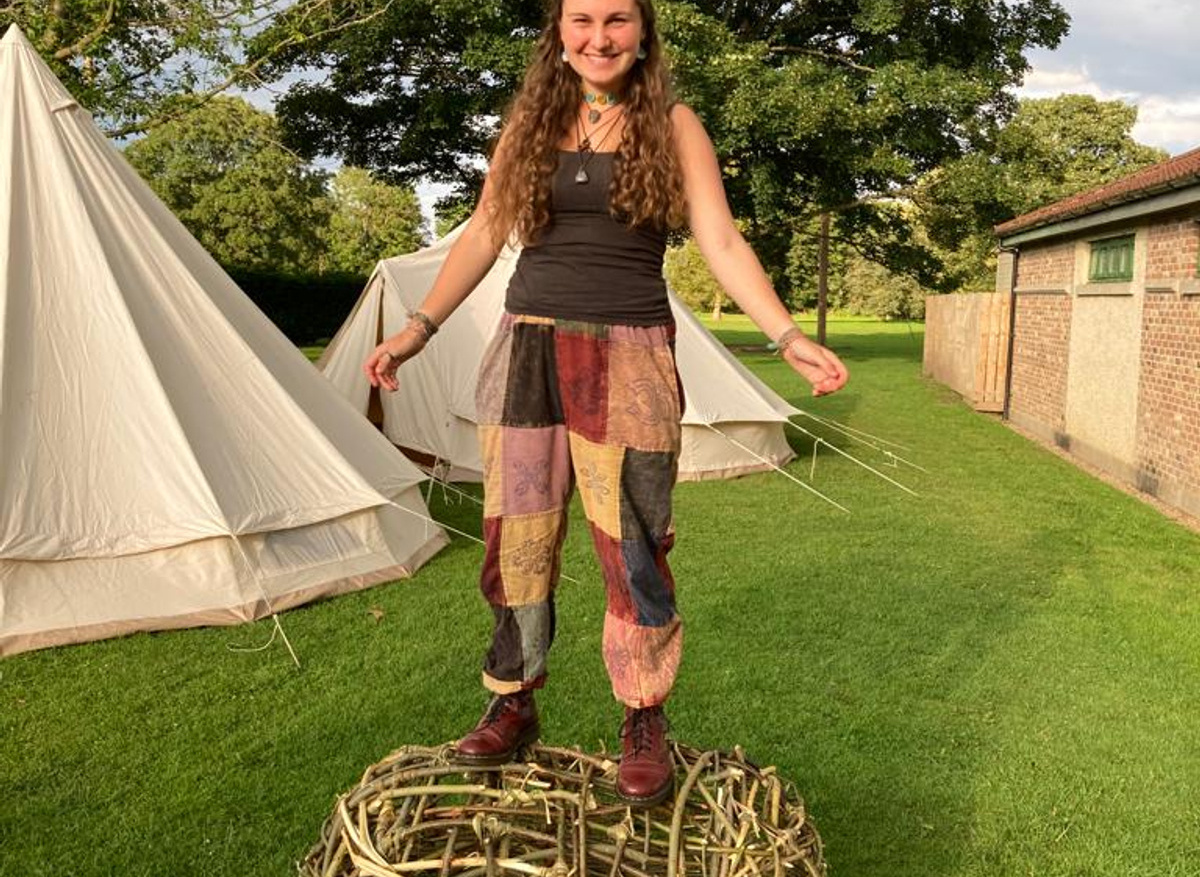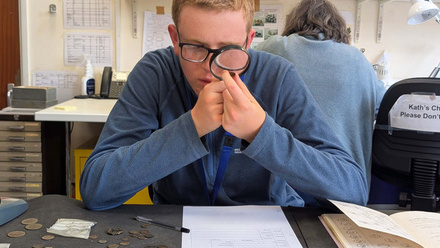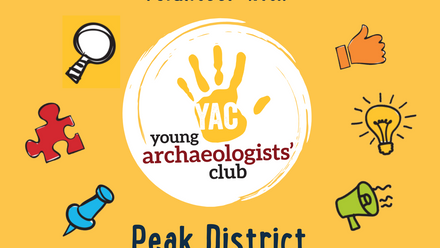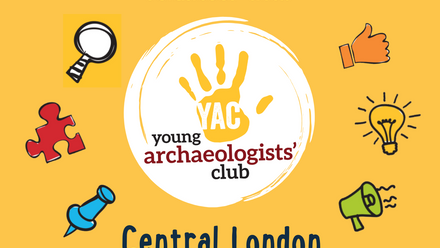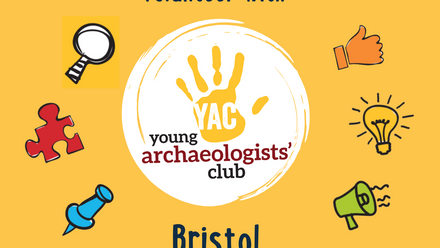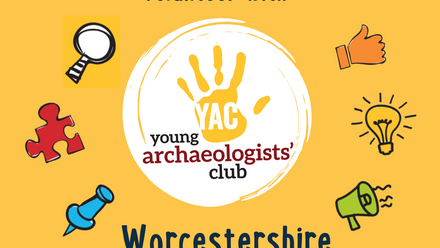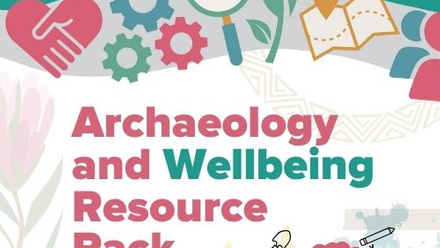I’m a firm believer that the best way to connect with the past is through a hands-on approach. What better way to understand the people you are studying than to put yourself in their position? Last summer, myself and a group of young people at the Ignite Yorkshire heritage project worked together to construct a coracle. Whilst in the past, most of our heritage projects had involved an expert to show us how it’s done, this time we simply watched a YouTube video about coracles and got started.
The process was largely one of trial and error, experimenting to find the best way to manipulate the natural materials in the ways that we wanted. We began by creating a frame out of old pallets on which to construct our creation, then battled with the fresh willow branches we’d been given to try to create the start of a boat! We were determined to use only natural materials as much as possible, by experimenting with the materials I found a way to use the stripped willow bark to lash the branches together. We were incredibly surprised by just how strong these joins were, whilst we’d planned on using rope to strengthen the structure we realised that it wasn’t necessary.
Watching the coracle come together was incredibly rewarding, within an afternoon we took a pile of willow branches and transformed them into a sturdy frame for a boat!
Sadly an authentic cover for the coracle wasn’t realistic with the budget we were working with so we made do with a waterproof tablecloth and some duct tape. Obviously this wasn’t the most historical accurate, but it enabled us to use the boat, proving that our constructed frame was functional.
We had a lot of fun paddling around the lake on our own little coracle! Seeing it function as a boat was so incredibly rewarding, and we learnt a great deal about how we would change our design in the future.
Whilst our construction of the coracle may not have been the most authentic, I believe that we learnt far more about heritage crafts than we would have done if we had been instructed on how to complete the task by an expert. Ultimately, people throughout history wouldn’t have had trained heritage instructors to tell them the correct way to construct what they needed, instead they would have only had the materials around them and their own skills. If we’d created an exact replica of a historic coracle we wouldn’t have had the chance to experiment, to learn from our failings and figure out our own way to tackle the task. Experimental archaeology is, ultimately, an experiment! When you leave room for imagination, experimentation and a bit of artistic license, you can learn so much more and make something pretty awesome.
Contact details
Eden Sedman
Ignite Yorkshire

